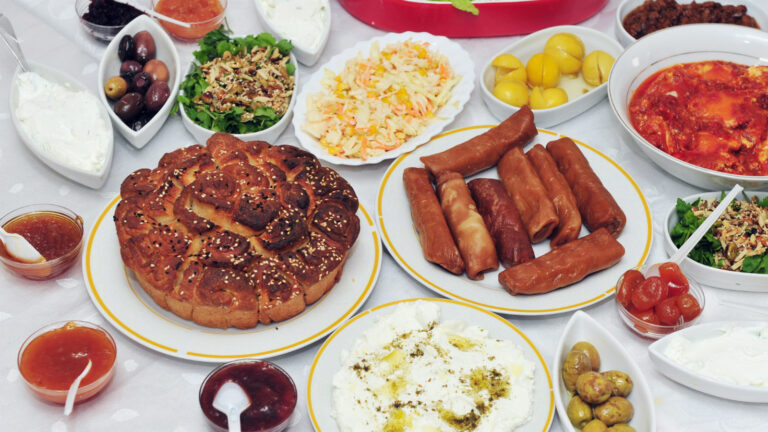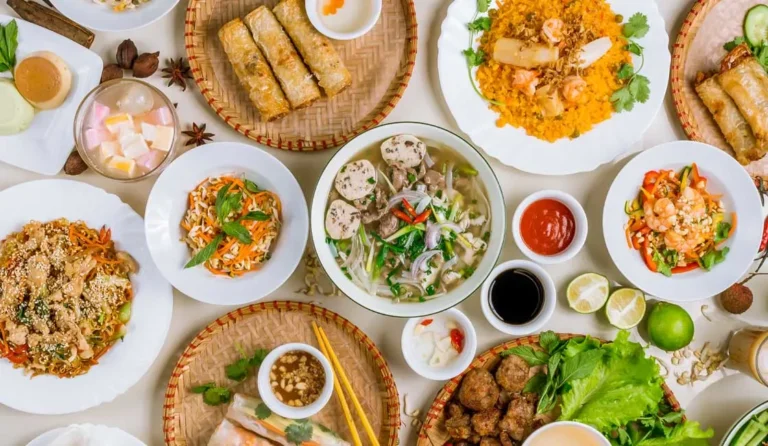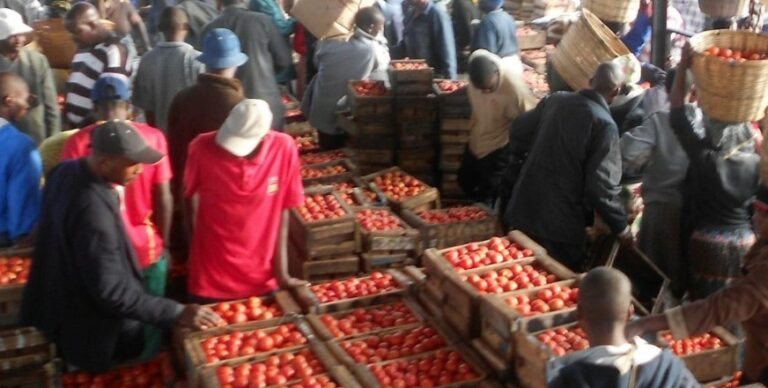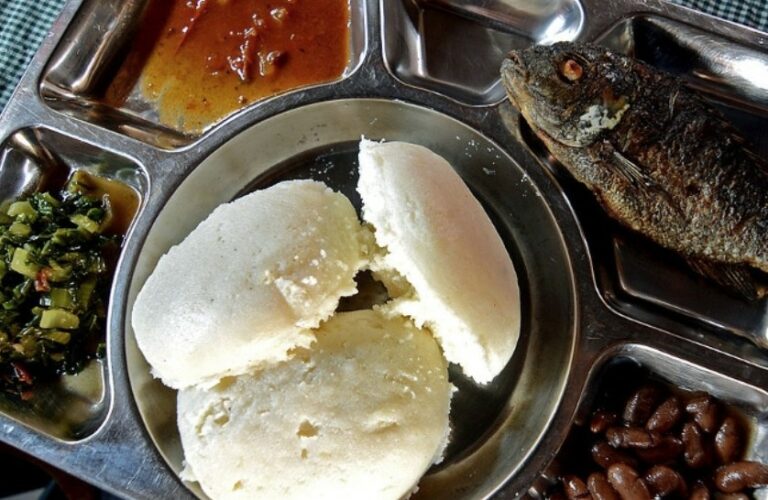Introduction: Yemen’s Food Scene
Yemen’s food scene is as diverse as it is rich in history and culture. The country’s unique blend of spices, herbs, and cooking techniques make it a food lover’s paradise. Yemeni cuisine is renowned for its savory meat dishes, aromatic stews, and sweet desserts.
Sanaa’s Old City Market
Sanaa’s Old City Market is a bustling hub of activity that draws locals and tourists alike. It is situated in the heart of the capital city, and its narrow alleys are lined with small shops and stalls selling a variety of goods, including fresh produce, spices, and handmade crafts. The market is a great place to try traditional Yemeni dishes like saltah and mandi, which are cooked in large clay ovens.
Aden’s Al Mansoura Market
Aden’s Al Mansoura Market is one of the oldest and largest markets in Yemen. It is known for its vibrant atmosphere and diverse selection of goods, including fresh seafood, fruits, and vegetables. The market also has an array of restaurants and food stalls serving up mouth-watering Yemeni specialties like haneeth and shakshouka.
Taiz’s Al-Jamal Market
Taiz’s Al-Jamal Market is a popular destination for foodies looking to experience Yemeni cuisine at its finest. The market is home to a wide variety of food stalls, selling everything from fresh fruits and vegetables to meat and dairy products. Visitors can sample traditional Yemeni dishes like fahsa and bint al-sahn, while enjoying the market’s lively atmosphere.
Hadhramaut’s Al-Mukalla Fish Market
Hadhramaut’s Al-Mukalla Fish Market is a must-visit destination for seafood lovers. The market is located on the shores of the Arabian Sea and is known for its fresh catches of the day. Visitors can choose from a variety of fish, crabs, and shrimp, which can be grilled on-site and served with traditional Yemeni sides like basmati rice and tomato chutney.
Conclusion: Yemen’s Vibrant Food Markets
In conclusion, Yemen’s vibrant food markets offer a rich culinary experience that is steeped in history and tradition. From Sanaa’s Old City Market to Hadhramaut’s Al-Mukalla Fish Market, visitors can sample a wide variety of Yemeni specialties while immersing themselves in the country’s lively atmosphere. For foodies, Yemen’s food scene is a feast for the senses, and a journey not to be missed.






